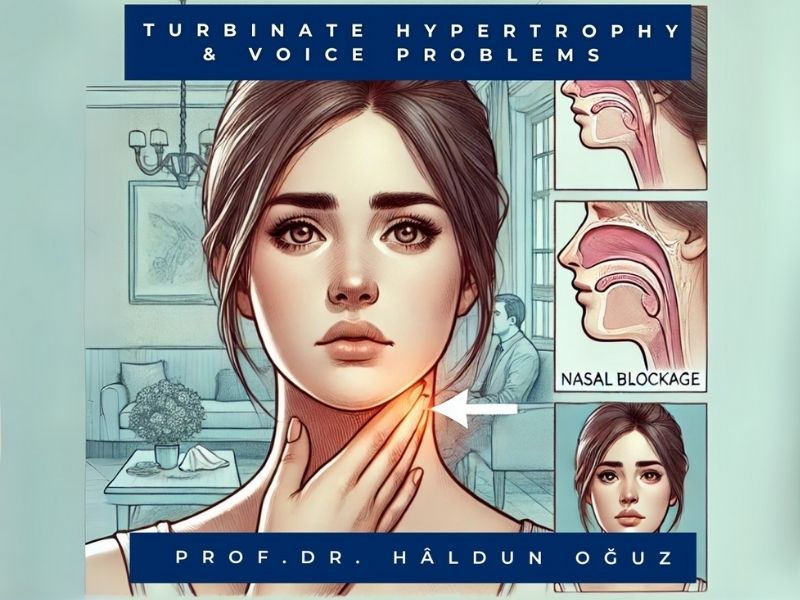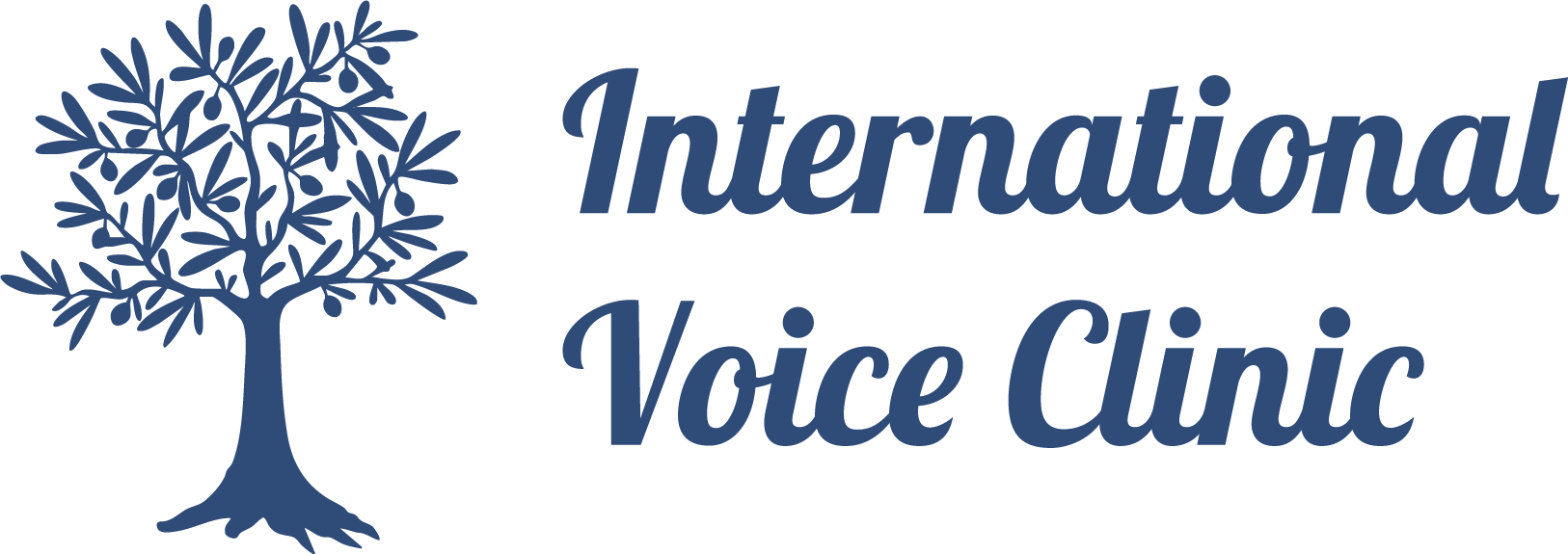Treatment of Concha Hypertrophy
Concha (turbinate) hypertrophy, or enlargement of the nasal turbinates, is a common condition causing nasal obstruction, congestion, and difficulty in breathing. The turbinates play a critical role in filtering, humidifying, and directing airflow within the nasal cavity. However, when hypertrophied, they can significantly impair nasal function, leading to discomfort and reduced quality of life.
Enlargement of nasal turbinates, or concha hypertrophy, can have significant effects on the voice and airway due to its impact on nasal airflow, resonance, and overall vocal and airway function.
Contents
- Understanding Concha Hypertrophy
- Causes of Hypertrophy
- Symptoms of Concha Hypertrophy
- Altered Nasal Resonance
- Reduced Voice Projection
- Increased Vocal Strain
- Impaired Breathing Coordination
- Secondary Effects of Associated Conditions
- Treatment Options for Concha Hypertrophy
- Conservative Management by Lifesytle Adjustments, Medications and Nasal Irrigation
- Minimally Invasive Procedures
- Surgical Interventions
Understanding Concha Hypertrophy
The nasal cavity contains three sets of turbinates: inferior, middle, and superior. Inferior turbinates are the most commonly affected by hypertrophy.
Causes of Hypertrophy
- Chronic rhinitis (allergic or non-allergic)
- Persistent exposure to irritants (smoke, pollution)
- Structural issues like deviated nasal septum
Symptoms of Concha Hypertrophy
- Nasal obstruction
- Snoring and sleep apnea
- Recurrent sinus infections
- Loss of smell or taste
- Voice problems
Altered Nasal Resonance
Hyponasality (Rhinophonia Clausa: Hypertrophied turbinates can block airflow through the nasal cavity, reducing the nasal resonance. This causes the voice to sound “stuffy” or “closed,” as occurs in conditions like a common cold.
Impact on Speech Clarity: Nasal consonants (e.g., /m/, /n/, /ŋ/) may be muffled or less distinct due to restricted airflow.
Reduced Voice Projection
Efficient voice production relies on the balance of oral and nasal resonance. Turbinate hypertrophy can disturb this balance, reducing the richness and carrying power of the voice. Singers and public speakers may particularly notice difficulty in achieving optimal vocal tone and projection.

Increased Vocal Strain
When nasal obstruction makes breathing through the nose difficult, individuals may resort to mouth breathing. Mouth breathing can dry out the vocal cords, leading to increased phonatory effort, vocal fatigue, and a strained voice.
Impaired Breathing Coordination
Proper vocal function depends on synchronized breathing. Nasal obstruction can disrupt normal airflow patterns, making it harder to maintain smooth inhalation and exhalation during speech or singing.
Secondary Effects of Associated Conditions
Postnasal Drip: Turbinate hypertrophy often accompanies rhinitis, leading to postnasal drip that irritates the throat and affects vocal quality.
Sleep Apnea and Snoring: Chronic nasal obstruction may lead to sleep-disordered breathing, which can result in vocal fatigue due to poor rest and increased vocal strain.
Treatment Options for Concha Hypertrophy
Conservative Management by Lifesytle Adjustments, Medications and Nasal Irrigation
Intranasal corticosteroids: Reduce inflammation and swelling.
Antihistamines: Address allergies contributing to hypertrophy.
Decongestants: Provide temporary relief by shrinking turbinates.
Nasal Irrigation: Saline sprays or rinses to clear mucus and reduce irritation.
Avoidance of allergens and irritants, and use of humidifiers in dry environments.
Minimally Invasive Procedures
Radiofrequency Ablation: Uses controlled heat to reduce turbinate size with quick recovery and minimal discomfort.
Coblation Turbinoplasty: Employs plasma technology to remove hypertrophied tissue by preserving mucosal integrity for better long-term outcomes.
Surgical Interventions
Turbinoplasty: Reshapes and reduces turbinate size. Minimally invasive and often performed endoscopically, preserving function while improving airflow.
Partial Turbinate Resection: Removes a portion of the turbinate if hypertrophy is severe, reserved for patients not responding to other treatments.
Septoplasty with Turbinoplasty: Corrects a deviated septum alongside turbinate reduction. Comprehensive approach to address structural nasal blockages.





